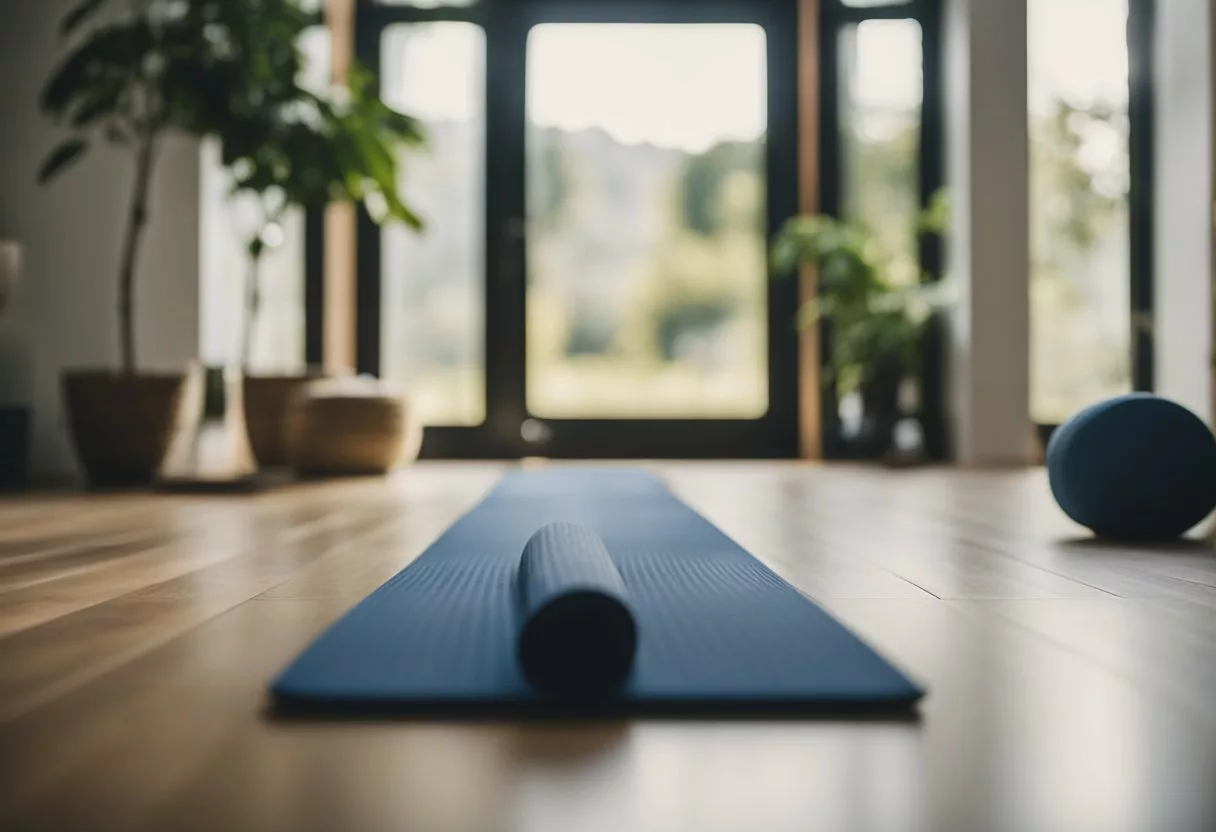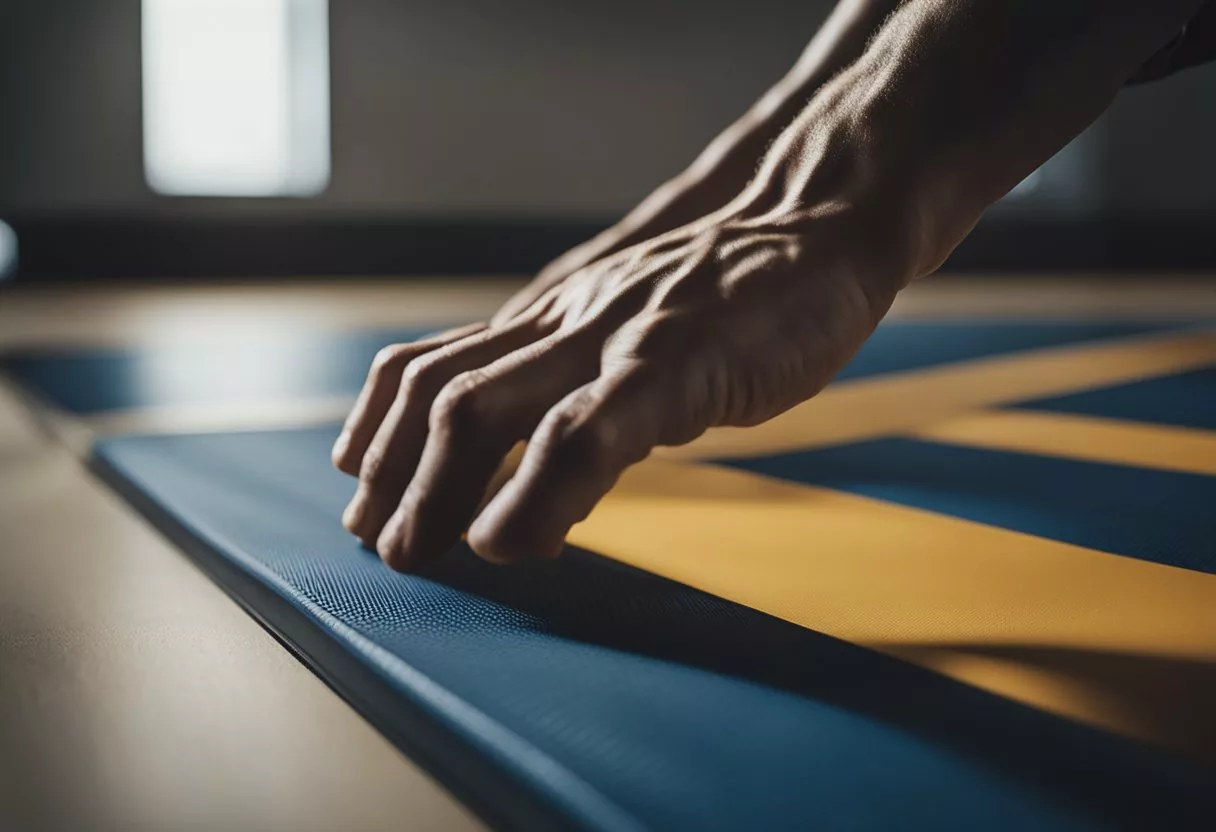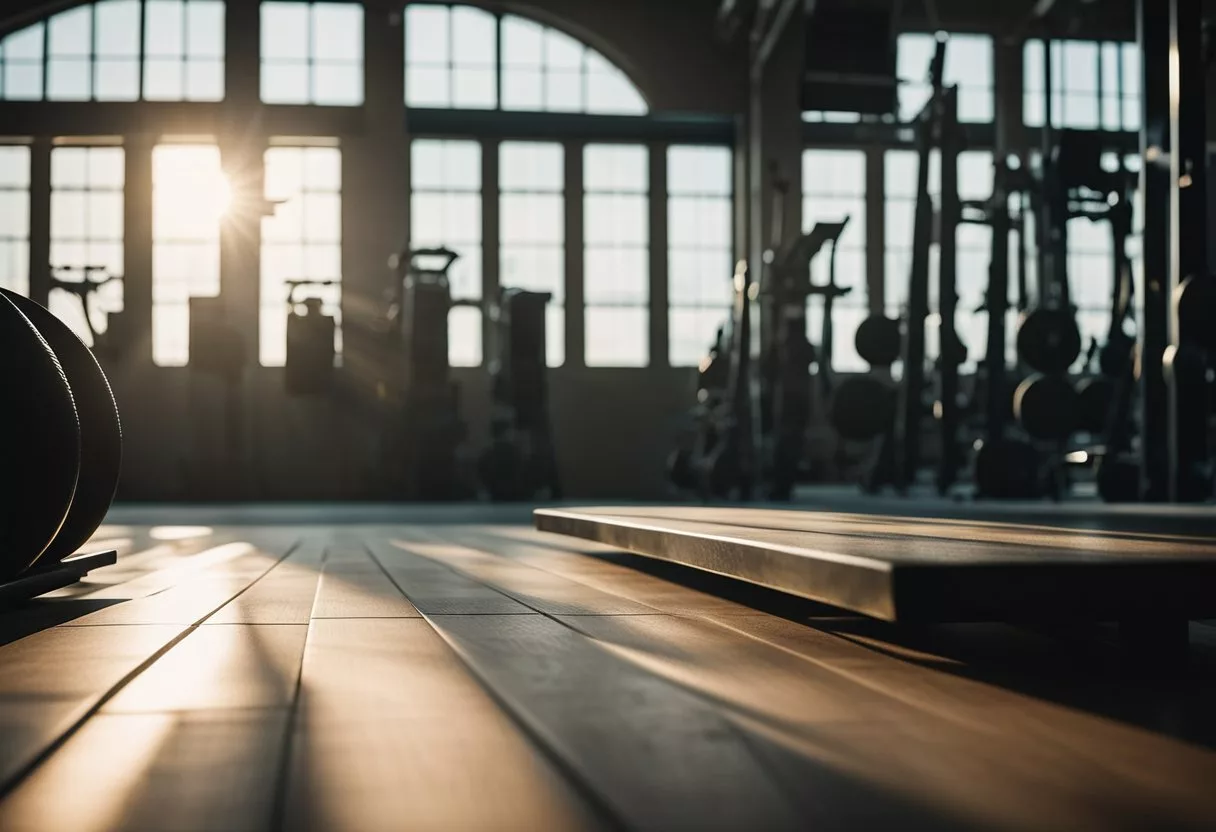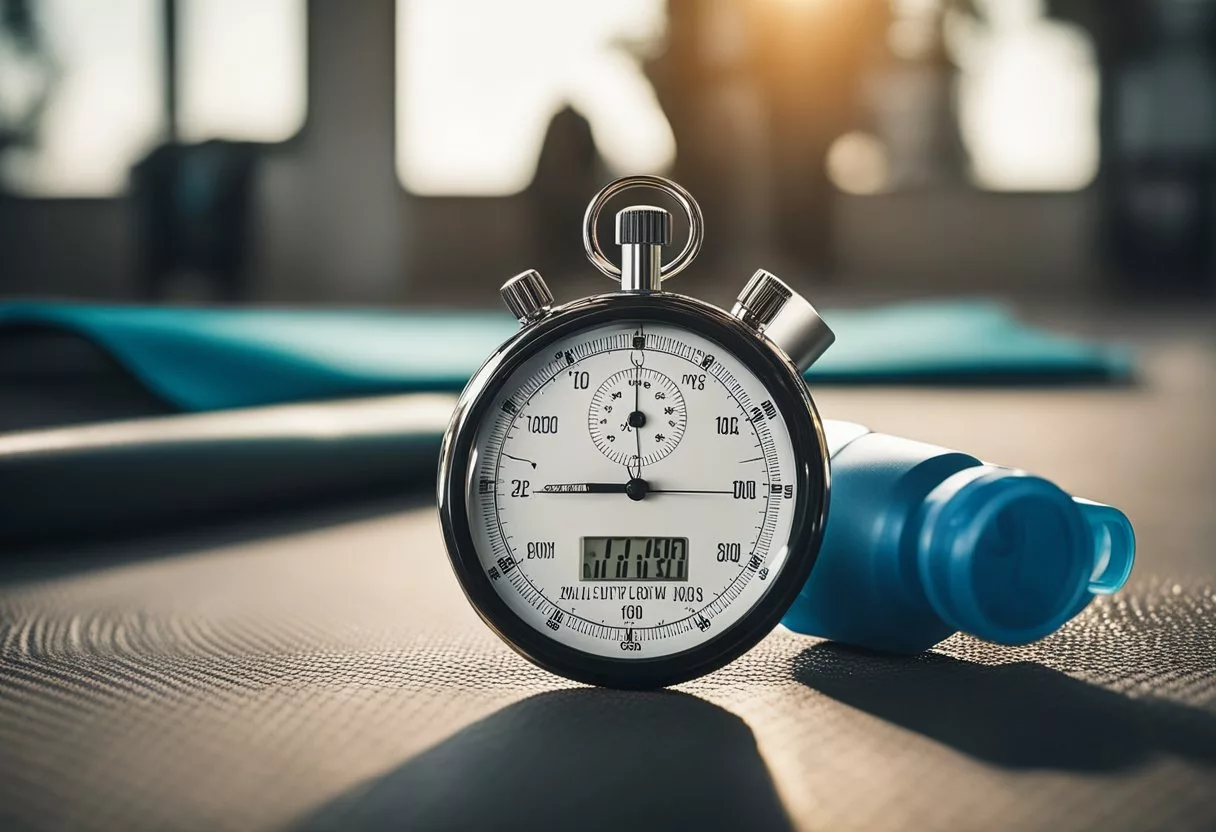Planks are one of the most popular bodyweight exercises, and for good reason. They are simple, effective, and can be done anywhere, without any equipment. But what happens to your body if you do planks every day? Is it safe to do so, and what are the benefits and risks?
Planking every day can have a range of effects on your body, from toning your core muscles to improving your posture and balance. However, it is important to do planks correctly to avoid injury, and to gradually increase the duration and intensity of your planks over time. In this article, we will explore what happens to your body when you do planks every day, including the benefits and risks, and provide tips on how to do planks safely and effectively.
Whether you are a beginner or an experienced fitness enthusiast, planks can be a great addition to your workout routine. With the right technique and consistency, planking every day can help you achieve a stronger, more toned body and improve your overall health and well-being.
Understanding Planks

Defining the Plank Exercise
Planks are a bodyweight exercise that involves holding a position similar to a push-up, but with the arms bent at the elbows and the forearms resting on the ground. The goal is to maintain a straight line from the head to the heels, engaging the core muscles to keep the body stable. Planks are a popular exercise for strengthening the core and improving overall fitness.
Anatomy of a Plank
To perform a plank correctly, it is important to maintain proper form. This means keeping the body in a straight line from head to heels, with the elbows bent at a 90-degree angle and the forearms resting on the ground. The shoulders should be directly over the elbows, and the hips should be level with the shoulders. The legs should be straight and together, with the toes tucked under.
Proper form is essential for getting the most out of the plank exercise. It helps to engage the correct muscles and prevent injury. It is also important to breathe deeply and evenly while holding the plank position.
Planks primarily work the muscles of the core, including the rectus abdominis, transverse abdominis, and obliques. They also engage the muscles of the arms, shoulders, hips, and legs to some extent. By holding the body in a straight line, planks help to improve posture and balance.
Overall, planks are a simple but effective exercise for improving core strength and overall fitness. By maintaining proper form and breathing deeply, anyone can benefit from this exercise.
Benefits of Daily Planks

Planks are a popular exercise that can be done anywhere and without any equipment. Doing planks every day can provide numerous benefits to the body. Here are some of the main benefits of doing planks every day:
Core Strengthening
One of the main benefits of doing planks every day is that they help to strengthen the core muscles. The core muscles include the abdominal muscles, back muscles, and pelvic muscles. When these muscles are strong, they can help to improve posture and reduce the risk of back pain. Planks are one of the best exercises for strengthening the core muscles, as they engage all of these muscles at once.
Improved Posture
Another benefit of doing planks every day is that they can help to improve posture. Good posture is important for overall health, as it can help to reduce the risk of back pain, improve breathing, and increase energy levels. Planks can help to improve posture by strengthening the muscles that support the spine and improving core stability.
Enhanced Balance and Stability
Planks can also help to enhance balance and stability. When the core muscles are strong, they can help to improve balance and stability, which can reduce the risk of falls and injuries. Planks also engage the muscles in the shoulders, arms, and legs, which can help to improve overall stability.
In summary, doing planks every day can provide numerous benefits to the body, including core strengthening, improved posture, and enhanced balance and stability. By incorporating planks into a daily exercise routine, individuals can improve their overall health and well-being.
Technique and Form

How to Do a Plank Correctly
Doing planks every day can be an effective way to strengthen your core, quads, and glutes. However, proper form is key to preventing injury and getting the most out of the exercise. Here are the steps to perform a plank correctly:
- Start by getting into a push-up position with your hands shoulder-width apart and your feet hip-width apart.
- Lower your forearms to the ground while keeping your elbows directly under your shoulders.
- Keep your body in a straight line from your head to your heels. Avoid sagging your hips or raising your butt too high.
- Engage your core muscles by pulling your belly button towards your spine and squeezing your glutes.
- Hold this position for 30-60 seconds, or as long as you can maintain proper form.
Common Mistakes and How to Avoid Them
While doing planks every day can be beneficial, it’s important to avoid common mistakes that can lead to injury or reduce the effectiveness of the exercise. Here are some common mistakes and how to avoid them:
- Dropping the Hips: When performing a plank, it’s important to keep your hips in line with your shoulders and feet. Avoid sagging your hips towards the ground or raising them too high. To help maintain proper form, engage your core muscles and squeeze your glutes.
- Improper Elbow Placement: Planks are typically performed with your forearms on the ground. Make sure your elbows are directly under your shoulders to avoid unnecessary strain on your shoulders and neck.
- Arching the Neck: Keep your neck in a neutral position by looking at the ground about a foot in front of you. Avoid looking up or down, which can strain your neck.
- Swaying the Pelvis: Keep your pelvis in a neutral position by engaging your core muscles and squeezing your glutes. Avoid swaying your pelvis from side to side, which can put strain on your low back.
- Improper Leg Placement: Keep your feet hip-width apart and avoid lifting one foot off the ground. This can cause your hips to sway and reduce the effectiveness of the exercise.
By following these tips and maintaining proper form, you can get the most out of your daily plank routine and avoid injury.
Plank Variations

Plank variations can add variety to your workout routine and help you target different muscle groups. Here are some variations to try:
Beginner to Advanced Progressions
If you’re new to planks, start with a high plank, which is similar to the top of a push-up. Keep your hands shoulder-width apart and your body in a straight line from head to heels. As you progress, try a low plank, also known as a forearm plank. This variation is performed on your forearms instead of your hands.
For an added challenge, try a side plank. Begin in a high plank position, then shift your weight onto one hand and rotate your body to the side. Your feet should be stacked on top of each other, and your free hand can be placed on your hip or extended toward the ceiling.
Engaging Different Muscle Groups
Plank variations can target different muscle groups in addition to the core. For example, a glute bridge plank involves lifting your hips up toward the ceiling while holding a plank position. This variation engages the glutes and hamstrings in addition to the core.
To work your obliques, try a side plank with a twist. Begin in a side plank position, then rotate your torso and reach your top arm under your body. This movement engages the obliques on the side of your body that’s closest to the ground.
Overall, incorporating plank variations into your workout routine can help you target different muscle groups and keep your workouts interesting. Remember to maintain proper form and start with a variation that’s appropriate for your fitness level.
Incorporating Planks into Your Fitness Routine

Creating a Plank Schedule
When incorporating planks into your fitness routine, it’s important to create a schedule that works for you. Depending on your fitness level and goals, you may want to start with shorter sets and gradually increase the time and number of sets over time. It’s recommended to start with 2-3 sets of 30 seconds each and gradually increase the time to 1-2 minutes per set.
One way to incorporate planks into your routine is to do them at the beginning or end of your regular workout. Alternatively, you can do them throughout the day as part of your daily routine. For example, you can do a set of planks during commercial breaks while watching TV or during breaks at work.
Setting Achievable Goals
Setting achievable goals is an important part of incorporating planks into your fitness routine. It’s important to set realistic goals based on your current fitness level and gradually increase the intensity and duration over time.
It’s also important to have a clear understanding of your goals. Are you looking to increase core strength, improve posture, or prevent back pain? Understanding your goals will help you create a plank routine that is tailored to your needs.
If you’re unsure about how to incorporate planks into your fitness routine, consider working with a personal trainer or physical therapist. They can help you create a plank routine that is safe and effective for your fitness level and goals.
When starting out, it’s important to have the right equipment. All you need is a mat or soft surface to do the plank on. As you progress, you may want to invest in equipment such as a stability ball or resistance bands to increase the intensity of your plank routine.
In summary, incorporating planks into your fitness routine can be a great way to improve core strength, posture, and prevent back pain. By creating a plank schedule and setting achievable goals, you can gradually increase the intensity and duration of your plank routine over time.
Potential Risks and Precautions
Avoiding Injury
While planks are generally considered a safe exercise, improper form or overexertion can lead to injury. It is important to maintain proper form throughout the exercise to avoid straining the back, neck, or shoulders.
To avoid back pain or low back pain, it is important to keep the core engaged and the back straight during the exercise. Planks should not be performed if the individual has an existing back injury or condition.
Individuals with weak core muscles may be at a higher risk for injury when performing planks. It is important to start with shorter durations and gradually increase the time as the core muscles become stronger.
When to Consult a Professional
If an individual experiences pain or discomfort during or after performing planks, they should consult a personal trainer or physical therapist. A professional can assess the individual’s form and provide guidance on how to perform the exercise safely and effectively.
Individuals with an existing injury or medical condition should consult with a healthcare professional before beginning any new exercise regimen, including planks.
In summary, planks can be a safe and effective exercise when performed correctly. By maintaining proper form and gradually increasing the duration and intensity of the exercise, individuals can strengthen their core muscles and improve their overall fitness. However, it is important to take precautions and consult a professional if any pain or discomfort is experienced during or after the exercise.
Measuring Progress and Results

Tracking Strength and Endurance
One of the benefits of doing planks every day is that it can help build core strength and endurance. To track progress, individuals can time how long they can hold a plank and aim to increase that time each day or week. According to Fit and Well, one individual who did a 30-day plank challenge reported going from a 20-second plank to a 3-minute plank by the end of the challenge.
Another way to track progress is to pay attention to how the body feels during and after planking. If the individual feels less fatigued or more stable during the plank, it may indicate an improvement in core strength.
Physical and Aesthetic Changes
In addition to building strength and endurance, doing planks every day may also lead to physical and aesthetic changes. Planks can help tone the abdominal muscles, which may lead to a more defined six-pack over time. However, it is important to note that spot reduction, or the idea that doing a specific exercise will lead to fat loss in that area, is a myth.
According to Shape, one individual who did planks for 5 minutes every day for a month reported feeling more toned and having a flatter stomach. However, it is important to keep in mind that everyone’s body is different and results may vary.
To see physical changes, it is recommended to incorporate other exercises and a healthy diet into one’s routine. Planks alone may not lead to significant physical changes, but they can be a helpful addition to an overall fitness plan.
When it comes to how long one should hold a plank, it is recommended to start with shorter intervals, such as 10-15 seconds, and gradually increase over time. Holding a plank for too long can lead to poor form and potential injury. It is important to listen to the body and take breaks as needed.
Beyond the Plank
Complementary Exercises
While planks are a great exercise for strengthening the core, they should not be the only exercise in a person’s workout routine. Incorporating complementary exercises can help to improve overall strength and prevent muscle imbalances.
Strength training exercises such as squats and deadlifts can help to build lower body strength and improve mobility. Leg lifts and renegade rows can also be added to a workout routine to target the abs and upper body respectively.
Yoga can be a great addition to a plank routine as it focuses on breathing and isometric exercises, which can help to improve flexibility and mobility. Additionally, incorporating breathing exercises into a workout routine can help to improve overall health and wellbeing.
Integrating Planks with Other Workouts
Planks can be easily integrated into other workouts to add an extra challenge. For example, adding plank jacks to a push-up position can help to target the abs and improve cardiovascular endurance. Sit-ups and squats can also be added to a plank routine to target different muscle groups.
It is important to note that while planks can help to strengthen the core and improve overall fitness, they will not necessarily lead to a reduction in belly fat. A combination of a healthy diet and regular exercise is necessary to achieve this goal.
Overall, planks are a great exercise for improving core strength and stability. However, incorporating complementary exercises and integrating planks into other workouts can help to improve overall fitness and prevent muscle imbalances.
Conclusion

In conclusion, doing planks every day can have numerous benefits for the body. Planks are a simple and effective bodyweight exercise that can be done anywhere, without any equipment. They can help improve core strength, posture, and flexibility, as well as reduce pain and discomfort in the back and neck.
One medical study has even concluded that core exercises such as planks can improve range of motion and reduce pain. Additionally, planks can help to build strength in the shoulders, chest, upper back, and thighs.
It is important to note that while planks can be beneficial, it is also important to practice proper form and technique to avoid injury. Beginners should start with shorter durations and work their way up gradually.
Overall, incorporating planks into a daily exercise routine can be a great way to improve overall health and fitness. As with any exercise program, it is important to consult with a healthcare professional before starting a new routine, especially if you have any underlying health conditions or injuries.